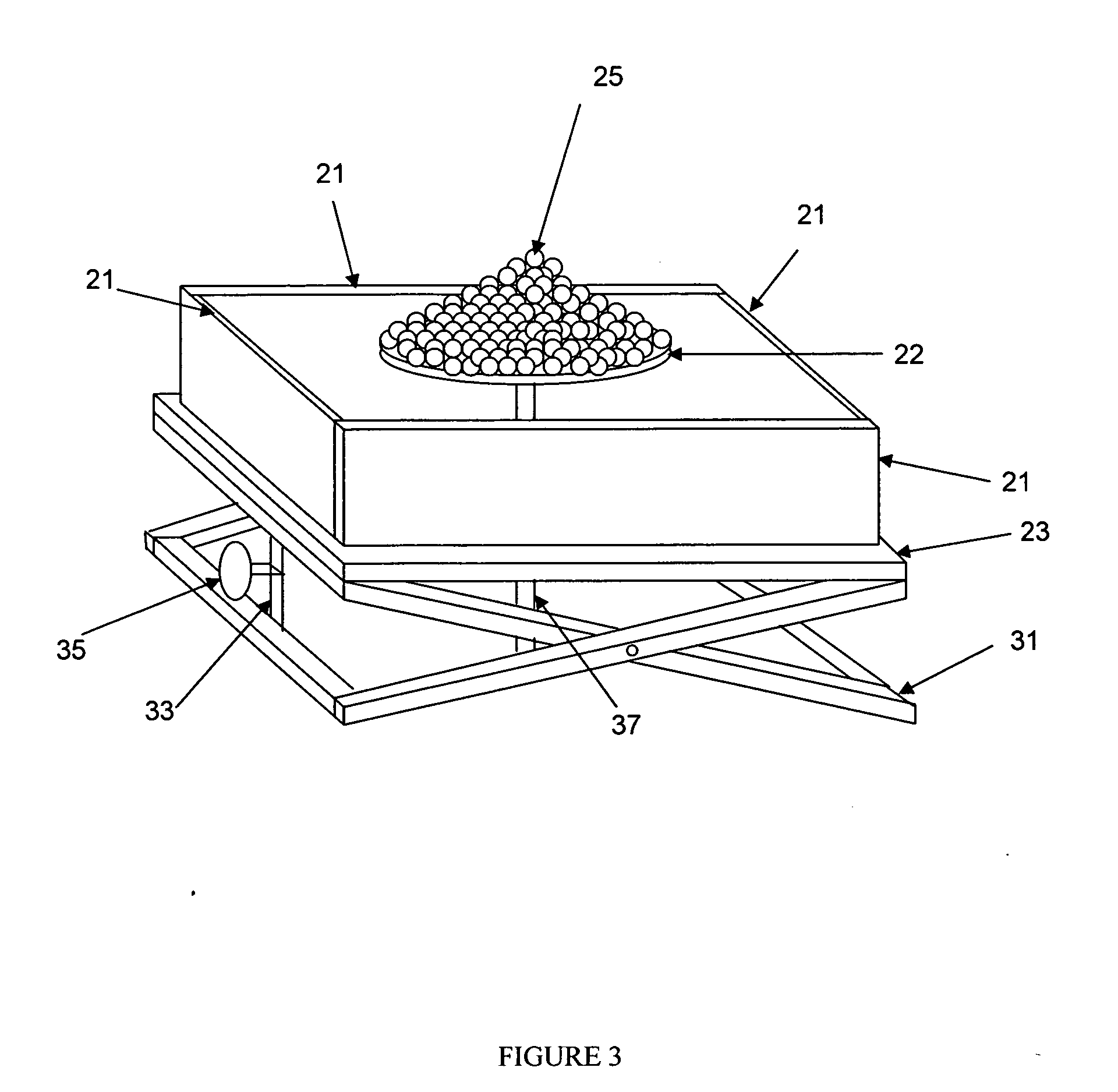Spheroidal polyester polymer particles
a polyester and polymer technology, applied in the field of polymer particles, can solve the problems of insufficient agglomeration and not usually agglomeration of pellets, and achieve the effect of preventing agglomeration and preventing agglomeration
- Summary
- Abstract
- Description
- Claims
- Application Information
AI Technical Summary
Problems solved by technology
Method used
Image
Examples
example 1
[0139] The pellets were heated in a hopper of a dryer. The dryer consisted of a bank of five hoppers serviced by a single Conair drying unit by means of an insulated manifold system. Typically, the pellets to be investigated were placed in Hopper 1 (first hopper on the supply manifold), dummy pellets were placed in Hopper 3, and the air supply valves to Hoppers 2, 4, and 5 were closed. This procedure was followed to prevent excessively high air flow through Hopper 1.
[0140]FIG. 1 illustrates the geometry and dimensions in inches of the dryer hopper used in the experiments.
[0141] The base of the hopper is sealed by simple sliding gate valve. The slide may be completely removed to fully open the hopper exit. The dryer was thoroughly preheated to its operating temperature prior to charging the hopper with pellets. Hopper 3 was charged with about 20 pounds (roughly 80% of the hopper capacity) of dummy pellets (typically CB12) and a similar quantity of test pellets were loaded into Hopp...
example 2
[0150] In this series of experiments, the angle of repose PET pellets of various shapes and morphologies was analyzed. The angle of repose is a measure of the frictional properties of a granular material and may be related to the propensity of pellets to stick in a dryer. A higher angle of repose means that the pellets are more likely to stick in a dryer, whereas a lower angle of repose indicates a material is more free-flowing.
[0151]FIGS. 2 and 3 show fixtures for the testing of angle of repose of granular materials. The test fixtures were designed to function inside a large dryer at elevated temperatures. The dryer is equipped with a baffle to direct air flow through the test fixtures and heat the pellets effectively.
[0152] The gate test (FIG. 2) is a box comprising a wire mesh base 1, two fixed side walls 3, a fixed back wall 5, and a vertically removable side, or gate 7. The inside dimensions of the gate test box are 5.75×5.75×8.00 inches. At the start of the test, the gate 7 ...
PUM
 Login to View More
Login to View More Abstract
Description
Claims
Application Information
 Login to View More
Login to View More - R&D
- Intellectual Property
- Life Sciences
- Materials
- Tech Scout
- Unparalleled Data Quality
- Higher Quality Content
- 60% Fewer Hallucinations
Browse by: Latest US Patents, China's latest patents, Technical Efficacy Thesaurus, Application Domain, Technology Topic, Popular Technical Reports.
© 2025 PatSnap. All rights reserved.Legal|Privacy policy|Modern Slavery Act Transparency Statement|Sitemap|About US| Contact US: help@patsnap.com



